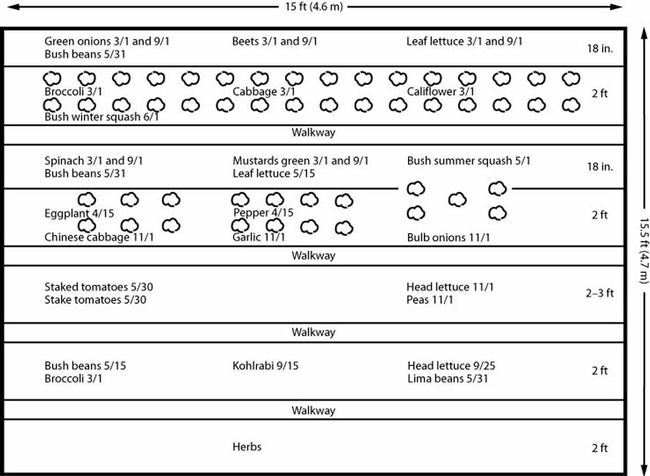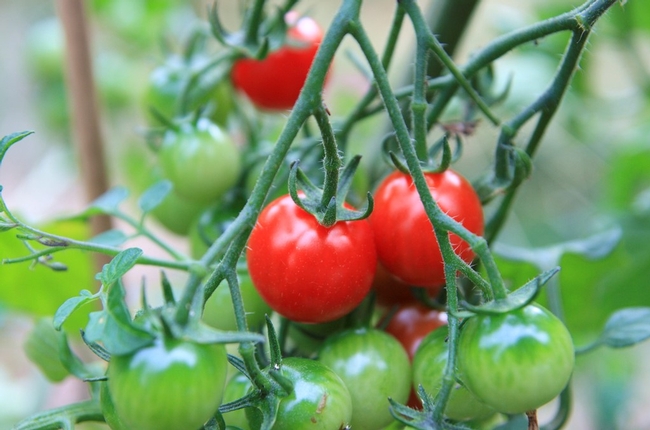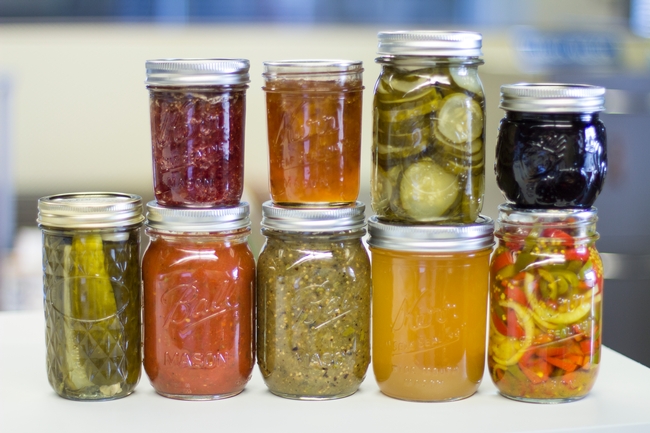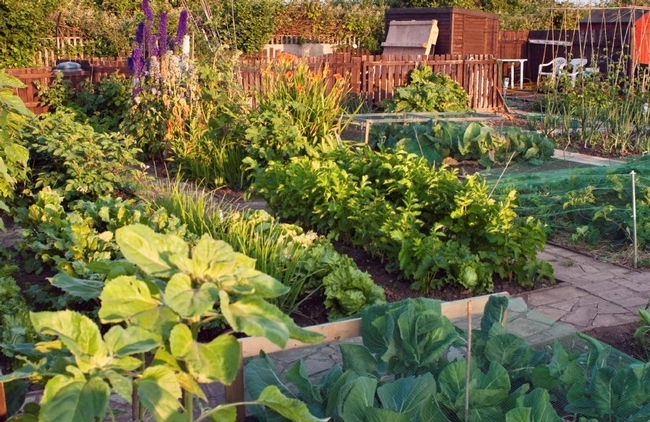Shorter days and colder weather means most people aren't thinking about spending large amounts of time in their garden. However, February is the perfect month to plant cool season leafy vegetables or root plants, like cabbage, beets and carrots. These nutrient-rich plants are packed with healthy antioxidants and vitamins and make the perfect addition to a hot bowl of soup. If you aren't game to play outdoors, cold winter months are a great time to stay inside and start planning for summer garden fruit and vegetable bounties.
If you're like most people you're probably already dreaming about summer fruits and vegetables, like tomatoes, sweet corn, blackberries and chard. Follow these three simple tips and you'll be rewarded come summertime with enough homegrown fare to fill your fridge and preserve to carry you through the year.

Step one: plan
Instead of dreaming about a summer harvest, start planning now! Don't get caught up in the seductive call of seed packets or the dreaded 'transplant trap.' This happens when you head to your local nursery without a plan for your garden and leave with 20 plants you've never heard of before.
With California in an official drought, consider planting varieties that require less water. Some great examples of drought-tolerant plants include herbs (rosemary, sage and thyme), asparagus, eggplant, melons, squash and goji berries. Think about Mediterranean flavors, many of these varieties require less water and do well in California's hot, dry climate.
Think outside the box – it doesn't have to be just about fruits and vegetables. What does your family love to eat? Do they love spaghetti? Consider focusing on a good crop of tomatoes, peppers, onions and oregano. You can harvest enough to preserve homemade marinara for the remainder of the year. Add some jalapenos to this garden mix and you have all of the ingredients for delicious salsa, another favorite that is easily preserved.

Step two: prioritize
The size of your garden will depend on available space. When planning a smaller garden, typically 10 by 10 feet or less - prioritize with fruits and vegetables that your family will eat AND that have high or continuous yields. The goal is to produce the largest quantity possible with your available resources (space, water). Great options include tomatoes, bush beans, summer squash, chard and cucumbers. In a small space, avoid crops that monopolize precious garden space like potatoes, watermelon, cabbage and artichoke. Rather, consider purchasing these tasty delights from a local farmers market.
Expand your garden's reach by incorporating edibles into your landscaping or containers. Edible landscaping is the use of food plants as design features in a landscape. Edible plants can be used both for aesthetic value as well as consumption. Blueberries, raspberries and strawberries can be expensive to buy at the supermarket, but are easy to grow at home. Visit The California Garden web for information on garden planning and individual plant spacing requirements.

Step three: prepare
Attend a UC Master Food Preserver class and learn how to manage your fruits and vegetables once they arrive from your garden and move into your kitchen. The UC Master Food Preserver (MFP) Program is a public service community outreach program focused on providing up-to-date information on food safety and preservation. Monthly classes are available, and most are free or low-cost to the public.
Preservation techniques include:
- Freezing (berries, onions, broccoli, rhubarb)
- Drying (fresh herbs, kale, root crops, peas)
- Canning (tomatoes, green beans, corn, strawberries)
Master Food Preservers have delicious recipes for salsa, corn relish, pickles, jams, jellies and much more! Winter months are the perfect time to start calendaring Master Food Preserver classes, collecting recipes and cataloging ideas for preserving your summer bounty. Find preserving research, resources or find a local UCCE Master Food Preserver class near you at on the UC Food Safety website.
With the proper planning, prioritizing, and preparation the activity level in your kitchen will be as hot as or even hotter than the temperature outside come summer harvest!
Are you interested in becoming a certified UC Master Gardener or UC Master Food Preserver? Visit our website to learn more!
